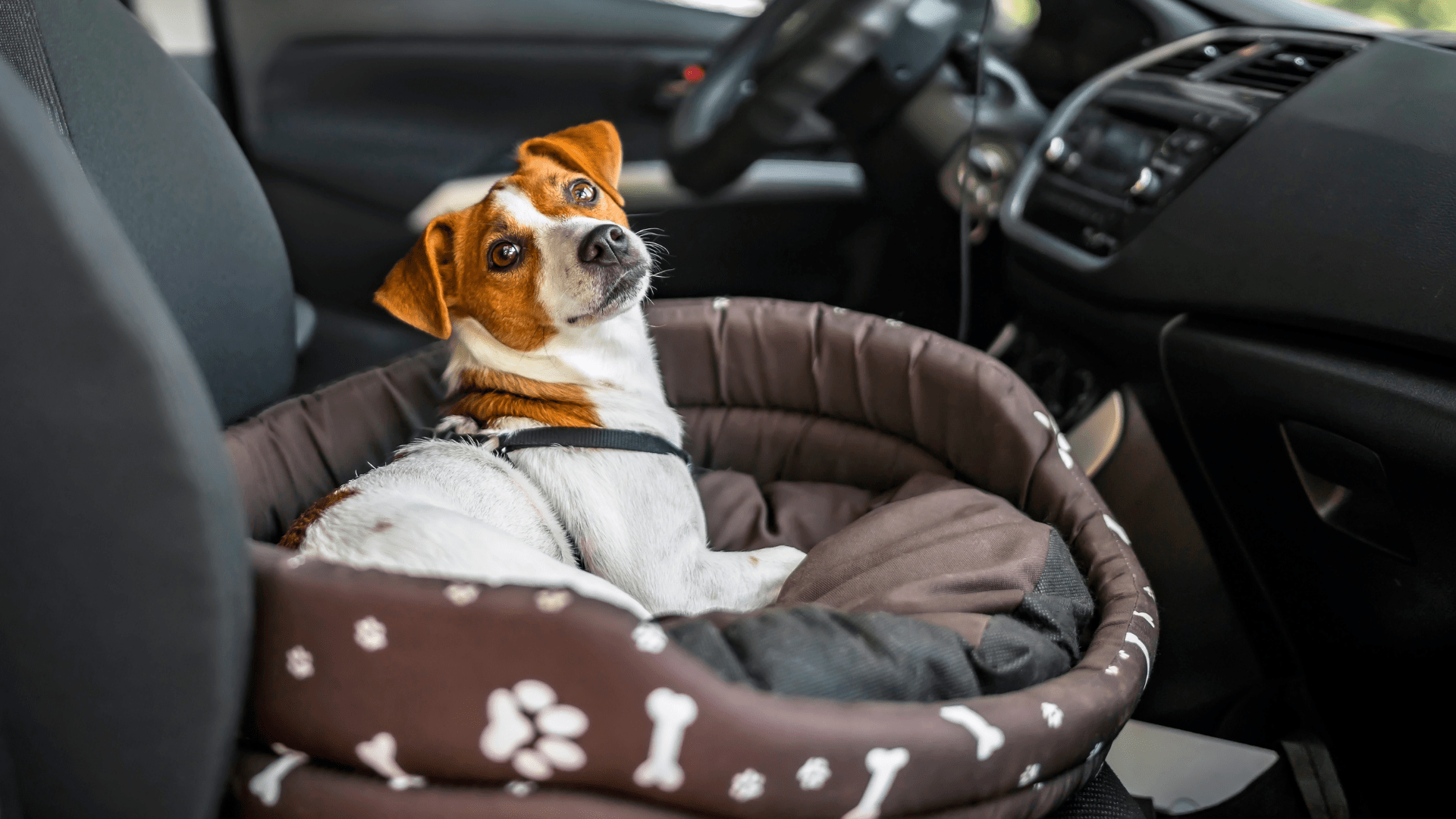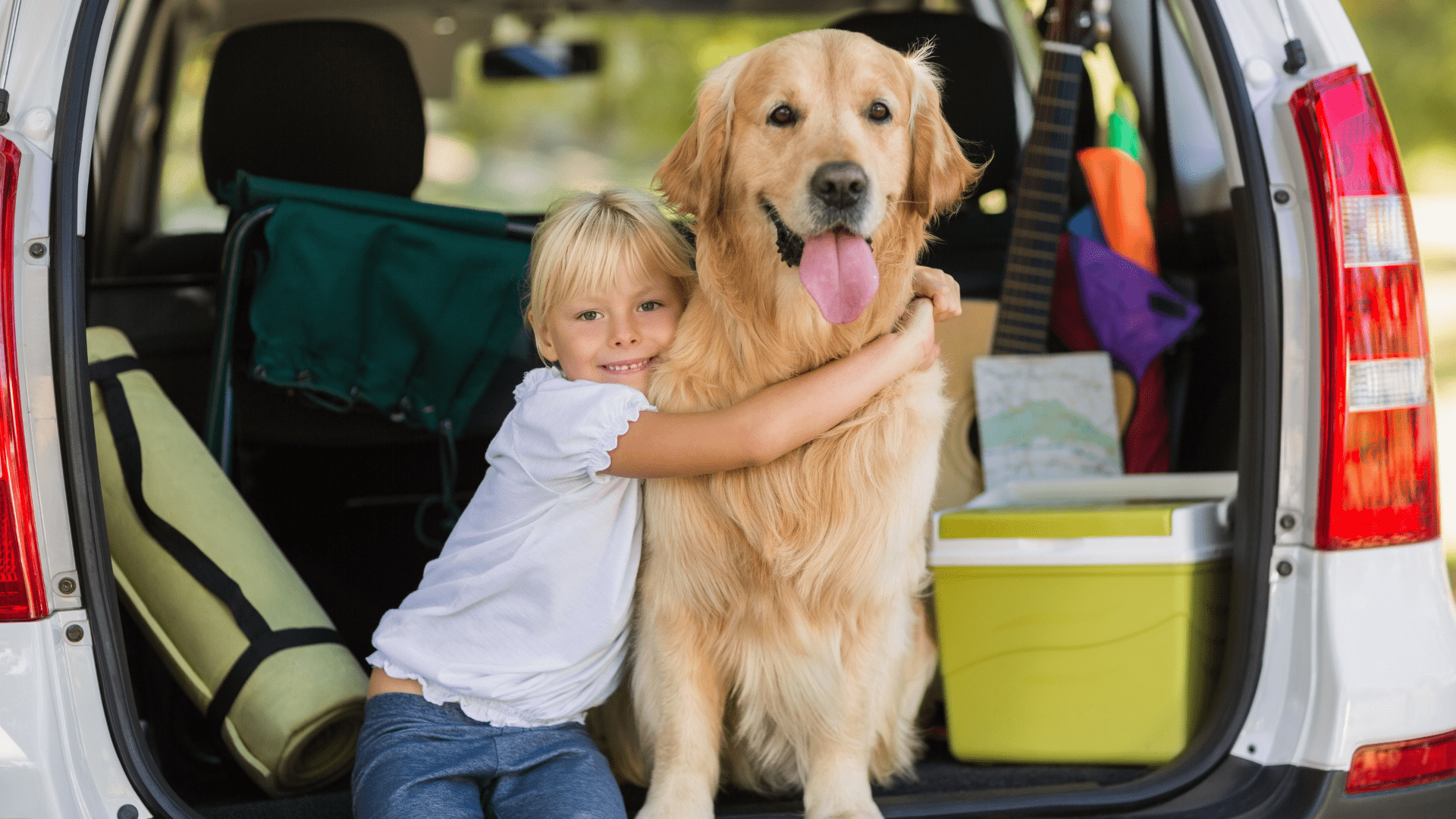Travel anxiety can ruin a road trip before you even leave the driveway. Many dogs love car travel, but for some dogs, this can be quite stressful.
It can be easy to recognize if your dog is uncomfortable in the car if you look out for these signs:
- Panting
- Excessive salivation
- Trembling
- Barking
- Whining
- Vomiting
- Urinating / soiling
- Attempting to escape
Create a Safe and Comfortable Environment
In accordance with The Highway Code, dogs should be suitably restrained in the car using “a seat belt harness, pet carrier, dog cage or dog guard”. Dogs should never be restrained by their collar, use a dog car seat clip belt attached to the back or front of a Y-shape harness or use a seatbelt harness. Try to include something your dog will find familiar and comforting such as their dog bed, blanket or toy to create a comfortable environment in the car.
Adaptil Transport provides reassurance by providing comforting messages during the journey. Spray 8 - 10 pumps around the car, dog crate or onto a material such as a towel or blanket 15 minutes before your dog gets into the car to help your dog feel more secure, the effect will last 4 - 5 hours.
 Before the Journey
Before the Journey
If your dog is anxious just approaching the car then this will be your first step. Start by rewarding your dog for seeing the car from a distance, then reward them for walking towards the car and gradually build up the intensity by getting closer, walking past the car, opening the doors, turning the engine on or having them sit and stay beside the car.
Once your dog is relaxed around the outside of the car you can introduce the inside, again this should constantly rewarded, in short periods and built up gradually. Start with encouraging your dog to get into the car while the engine is off with praise and reward for them sitting or remaining calm.
If your dog suffers from car sickness we suggest not food or treats 3 hours before the journey.
On the Road
It is important that your pup associates the car with fun so use the car for all sorts of adventures, such as going to the park, not just for scary trips like taking your dog to the vet. Start with short journeys and try to choose a route that is smooth without too many sharp turns or bumps.
If you are making a long journey make sure to build it up gradually weeks in advance and stop every couple of hours for toilet breaks and to let your pup stretch their legs.
Keep the vehicle well ventilated and never leave your dog unattended in the car on a warm day. Temperatures of just 22°C outside can reach an unbearable 47°C inside the car within an hour.
If you are worried about your dogs behaviour in the car or if they have persistent signs of stress then it is always best to get advice from a vet or a clinical animal behaviourist.


